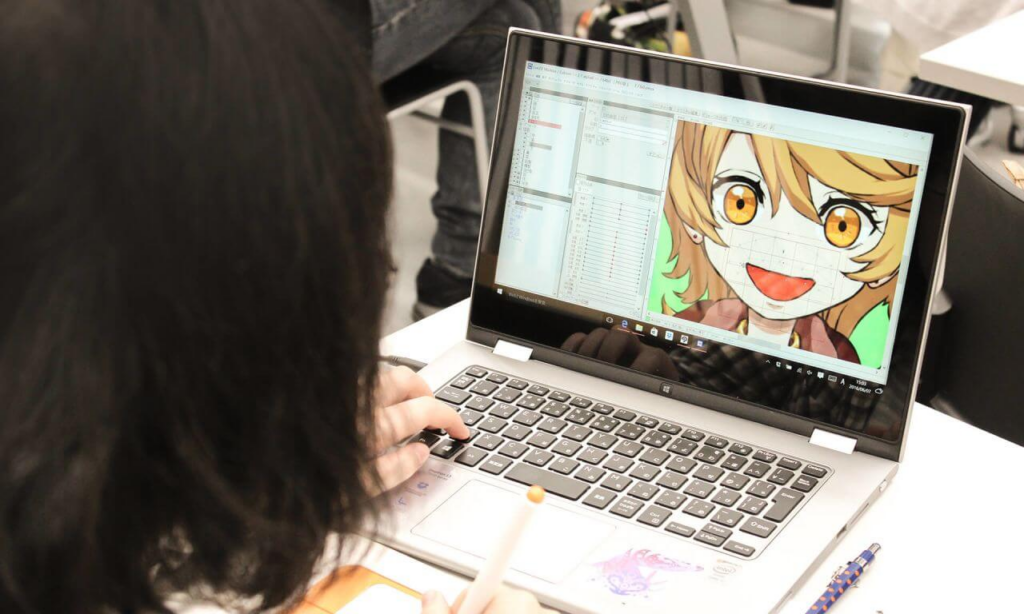The open learning approach can extend a variety of learning and communication platforms. Learning influenced by open concepts can be very diverse. For example, we can access the knowledge we need or find answers to our questions anytime and anywhere through reading software and search engines. In addition, open learning can foster broader community discussions and more study groups. Students can discuss and collaborate without restrictions on time and place, enhancing learning efficiency through these interactions. Furthermore, the storage and organization of knowledge are crucial components of open learning. Diversified storage formats and comprehensive knowledge summaries can broaden the scope of learning and increase the diversity of learning styles. This ensures that learners have access to a wealth of information in various formats, supporting different learning preferences and needs. By promoting accessibility, flexibility, and collaboration, open learning principles make education more inclusive and effective for all.

In my view, one of the most noticeable advancements in education is the sharing of resources, which has evolved dramatically with the progress of science and technology. In the past, students primarily interacted with educational materials through physical textbooks and submitted handwritten assignments. Communication with teachers outside of class often involved waiting until the next lesson or scheduling office hours. Today, however, the landscape of education has been transformed by online communication platforms and digital resource sharing. Students can access a vast array of educational materials instantly, from e-books and online articles to interactive simulations and video lectures. This accessibility not only accelerates the learning process but also allows for more personalized and flexible learning experiences. For instance, students can explore supplementary materials that cater to their specific interests or learning styles, enhancing their understanding of complex concepts.

In my teaching experience, I employ a multimedia approach to help children grasp the application of colors and images more effectively. I integrate pictures and animated videos into my lessons to aid students in understanding the concepts more vividly and engagingly. Utilizing a multimedia teaching approach significantly enhances students’ comprehension of color theory and visual concepts. By incorporating a variety of visuals such as photographs, illustrations, and animated videos, I create a dynamic learning environment that caters to different learning styles. For instance, when teaching about primary and secondary colors, I use vibrant images and interactive animations to demonstrate how colors blend and complement each other.
Theories and technological developments are pivotal in shaping current educational practices by catering to diverse learning styles and improving engagement. Platforms like Brightspace and tools such as Google Docs exemplify the practical application of educational theories like constructivism, which emphasizes active, hands-on learning. Brightspace offers an interactive, digital learning environment where students can access course materials, participate in discussions, and receive personalized feedback, enhancing their engagement and understanding. Google Docs facilitates real-time collaboration, allowing students to work together seamlessly, share insights, and provide peer feedback, which fosters a collaborative learning environment. These technological tools support a more inclusive and flexible educational setting, enabling students to balance their studies with other responsibilities. By integrating these modern technologies with educational theories, we can create dynamic, engaging, and accessible learning experiences that cater to the diverse needs of all learners.

I believe that digital tools have significantly expanded the learning opportunities available to students today. However, alongside their benefits, these tools also pose certain hidden dangers. One concern is that students may become overly reliant on digital aids, potentially reducing their capacity for independent thinking and problem-solving. Furthermore, there is a risk that digital learning environments might constrain creativity, leading to a narrower range of ideas and solutions. Balancing the benefits and risks of digital tools in education is crucial. While they enhance access to information and facilitate collaboration, educators and students alike must maintain a balance that promotes critical thinking, creativity, and independent exploration. This approach ensures that digital tools remain tools for empowerment rather than barriers to holistic learning and intellectual development.